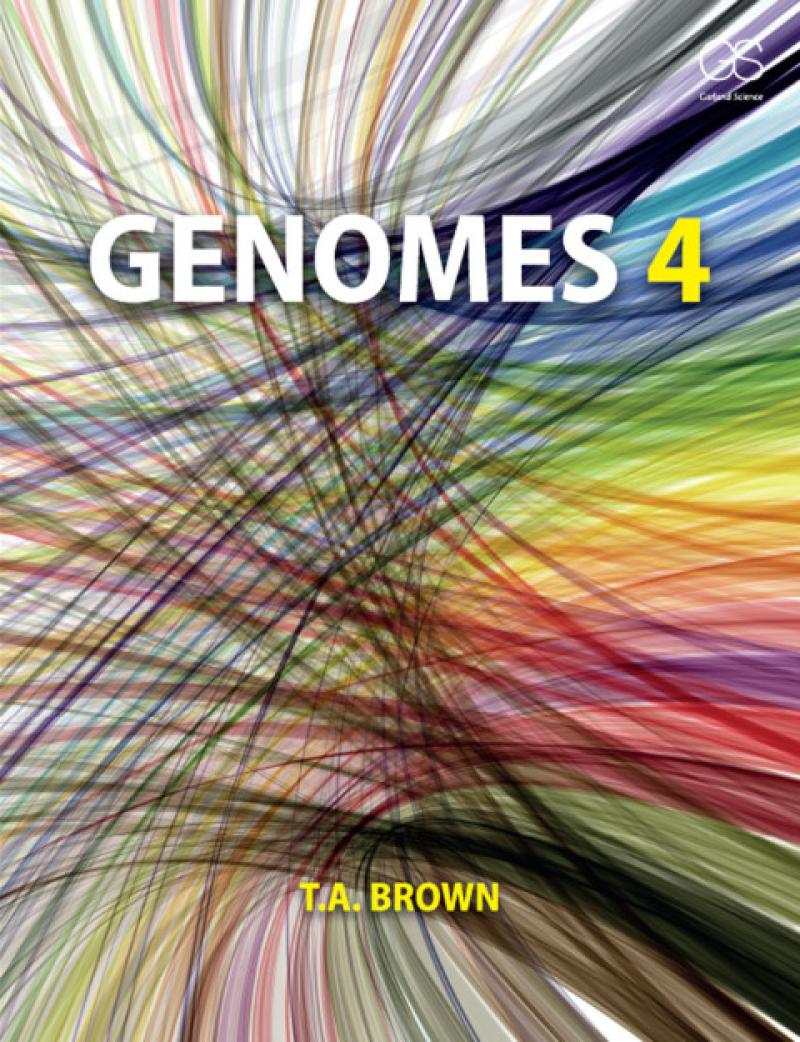Genomes 4 has been completely revised and updated. It is a thoroughly
modern textbook about genomes and how they are investigated. As with
Genomes 3, techniques come first, then genome anatomies, followed by
genome function, and finally genome evolution. The genomes of all
types of organism are covered: viruses, bacteria, fungi, plants, and
animals including humans and other hominids. Genome sequencing and
assembly methods have been thoroughly revised including a survey of
four genome projects: human, Neanderthal, giant panda, and barley.
Coverage of genome annotation emphasizes genome-wide RNA mapping, with
CRISPR-Cas 9 and GWAS methods of determining gene function covered.
The knowledge gained from these techniques forms the basis of the
three chapters that describe the three main types of genomes:
eukaryotic, prokaryotic (including eukaryotic organelles), and viral
(including mobile genetic elements). Coverage of genome expression and
replication is truly genomic, concentrating on the genome-wide
implications of DNA packaging, epigenome modifications, DNA-binding
proteins, non-coding RNAs, regulatory genome sequences, and
protein-protein interactions. Also included are applications of
transcriptome analysis, metabolomics, and systems biology. The final
chapter is on genome evolution, focusing on the evolution of the
epigenome, using genomics to study human evolution, and using
population genomics to advance plant breeding. Established methods of
molecular biology are included if they are still relevant today and
there is always an explanation as to why the method is still
important. Each chapter has a set of short-answer questions,
in-depth problems, and annotated further reading. There is also an
extensive glossary. Genomes 4 is the ideal text for upper level
courses focused on genomes and genomics.
Les mer
Produktdetaljer
ISBN
9781351851282
Publisert
2018
Utgave
4. utgave
Utgiver
Vendor
Garland Science
Språk
Product language
Engelsk
Format
Product format
Digital bok
Forfatter
